Menopause, an important stage in a woman’s life, occurs mostly around 50 years of age. However, timelines differ in individuals. Hot flashes are found to strike most women and predominantly occur as a symptom of menopause and perimenopause (leading to menopause).
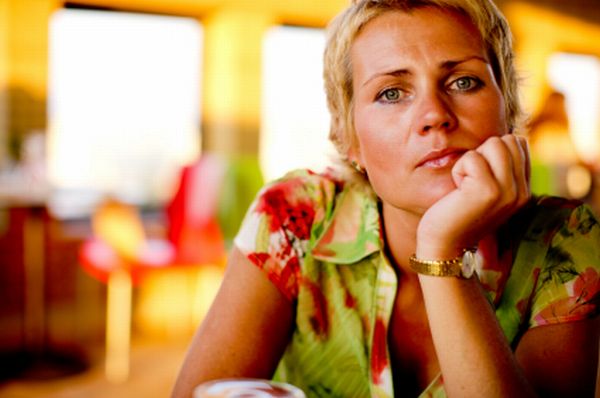
For reasons not known exactly, hot flashes are characteristics of the changing estrogen levels. A hot flash is a brief sensation of heat. It can be accompanied by profuse sweating, chills, reddening of head, chest and neck. There can be heart palpitations and irritability, sometimes leading to panic. Observed more frequently at night (night sweats), hot flashes can potentially create sleep problems. Knowledge about hot flashes can ease off dealing with the case, enabling a better and healthier lifestyle.
Understand
1. In general, hot flashes remain for two to thirty minutes for each occurrence. The temperature of body can rise above 40 degrees.
2. The heat sensation generally begins on the face or chest. However, it may appear at other areas (the back of neck). It can also spread throughout the body. Women can also pass out if they have strong hot flashes.
3. Men suffer from hot flashes, potentially arising out of the low testosterone levels.
4. Individuals can have hot-flashes in different frequencies. It may be repeated a few times each week. One can also experience constant hot flashes throughout the day. One can experience hot flashes many years before the onset of menopause and continue for years afterwards.
Prevention
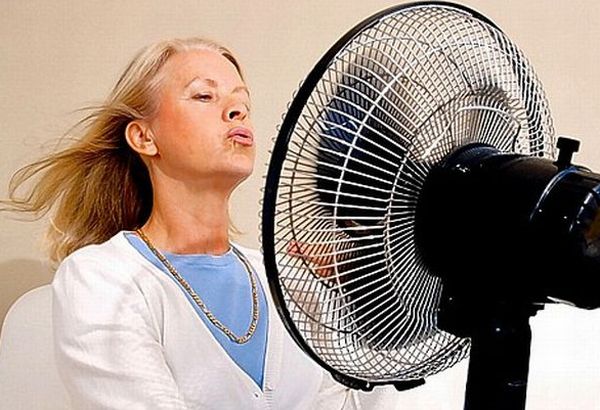
1. Triggers like caffeine, alcohol, cigarette, stress, spicy edibles, tight clothes and heat can be helpful when combating hot flashes.
2. Fans can keep you cool and relieved. The surrounding needs to be kept cool, particularly while you sleep at night.
3. Light and natural fabrics (like cotton) help in keeping the body cool. Clothing in layers can be helpful as they can be removed.
4. Abdominal breathing exercises work. Practice deep breathing for 15 minutes (morning, daytime and onset of hot flashes).
5. Exercises are good options to prevent hot flashes.
6. Using cool pillows can also be of help during night.
7. The diet should include abundant low-fat, high-fiber foods. By having smaller (and more frequent) meals, you can avoid the heat generated by digesting increased quantity of food.
Treatment
There are diverse treatments for hot flashes. But before proceeding, it is advisable to consult a health care expert for details and appropriate treatment.
Hormone Replacement Therapy (HRT)
Though the HRTs can be useful in treating many of the menopause symptoms, they have side effects in the form of enhanced short term and long term risks. Going by the U.S. FDA guideline, troubling hot flashes should preferably be treated by techniques other than HRT, considering the first line of treatment. When opted, the lowest of the doses should be administered, possibly for the least duration.
More options
Antidepressants can also be used to treat hot flashes. The SSRIs potentially affect the brain (serotonin) which controls the body heat. Some antidepressants can also improve mood swings and irritability during hot flashes. Research indicates that antidepressants decrease the severity and rate of hot flashes by 50%. A controlled administration of paroxetine revealed positive results in six weeks’ treatment time. Antidepressant therapy has been found helpful for men and women having hot flashes from cancer treatment.
However, when considering any type of medication, expert advice should be taken. Ibuprofen, Vitamin B complex and Vitamin E are also helpful in hot flashes.
Alternative therapy

Changes in diet and daily habits can prove helpful. Alternative therapies seem promising but are yet to be supported through researches. The side effects of alternative therapies may pose limitations, requiring expert supervision. Besides, the making process is not guided by regulations which arises discrepancy in dosages.
Following alternative therapies may find application:
1. Soy products
Soy food (not supplements) may be helpful in easing off hot flashes. It is thought that plant estrogens (in soy products) have weak estrogen-like effect. However, research is yet to provide evidence. Asian women suffer less, possibly due to their soy rich diets, as per an estimate.
2. Evening primrose oil
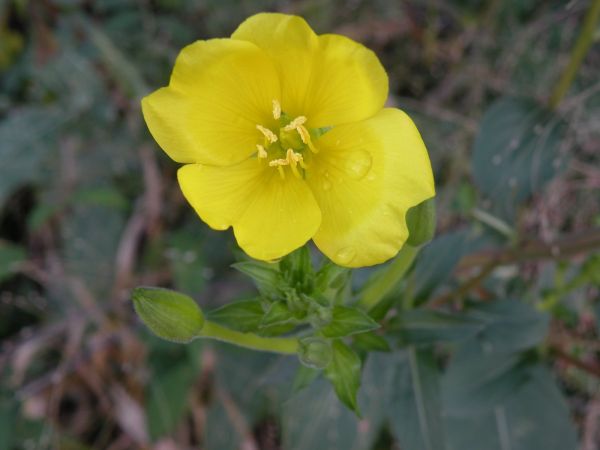
It is a botanical product which serves as an alternative therapy for hot flashes. However, medications (like blood thinners) should not be accompanied with this oil.
3. Black cohosh
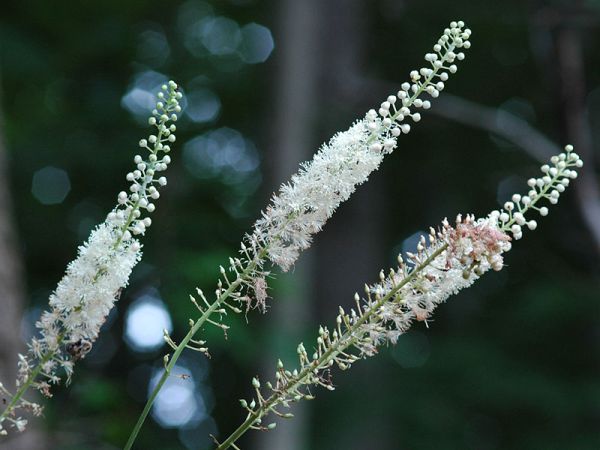
Based on some studies, it has been found that black cohosh can be used in treating extremely short term flashes and night sweats.
4. Flaxseed
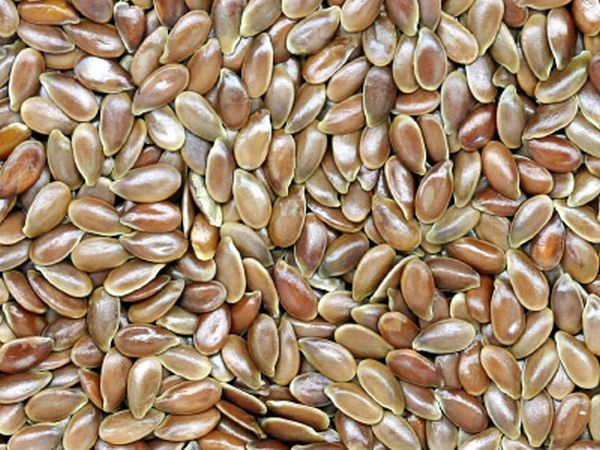
Women can find potential benefits in flax seeds. Flaxseed or linseed supposedly decreases the symptoms of menopause, particularly hot flashes. The high lignan content and antioxidant properties make flaxseed a high nutrition diet. Though a preliminary study revealed positive effects of consuming crushed/ground flaxseed in women, more evidence is required to ascertain the effect.


